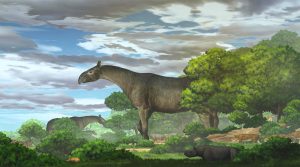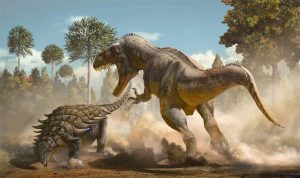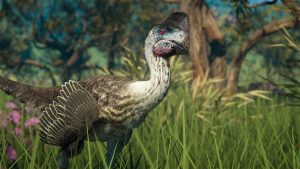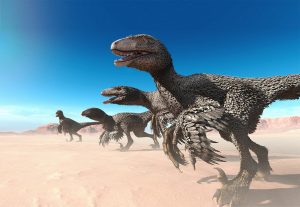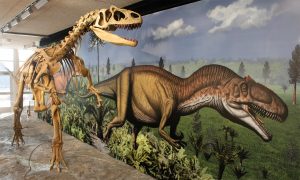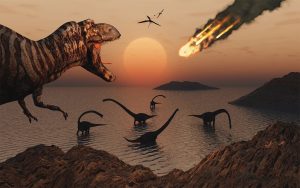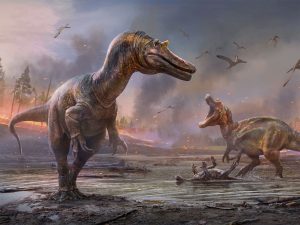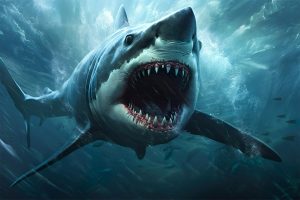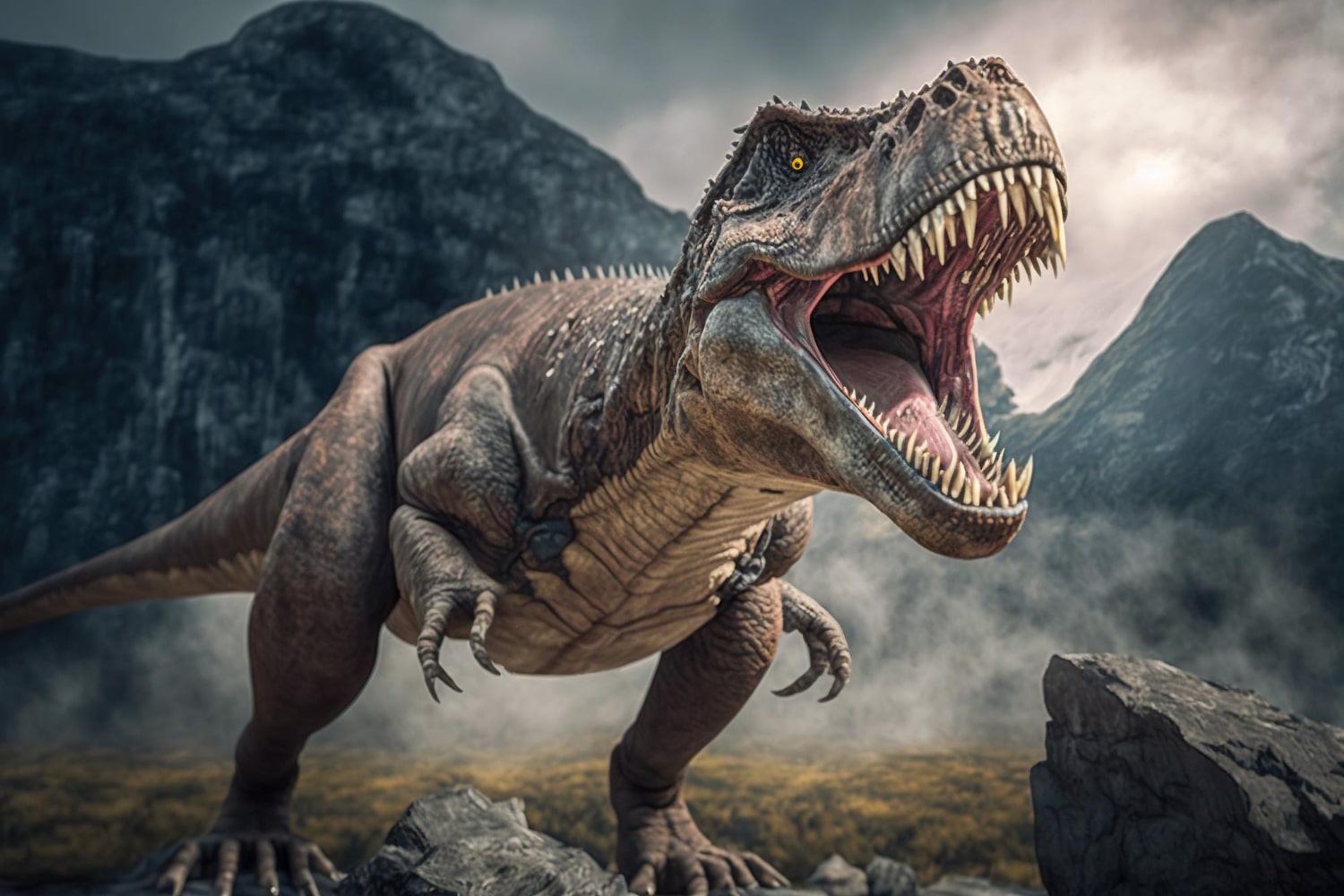
28 interesting facts about T. Rex
- 👁️ 1833
The Tyrannosaurus Rex, often simply known as T. Rex, is arguably the most famous dinosaur species ever to have roamed the Earth. Living approximately 68 to 66 million years ago during the Upper Cretaceous Period, this awe-inspiring creature has captured the imagination of both palaeontologists and the general public alike. Known for its massive size, predatory nature, and pop-culture fame through films like Jurassic Park, the T. Rex embodies our fascination with the prehistoric world. Let’s delve into some intriguing facts about this magnificent dinosaur.
- The name Tyrannosaurus Rex means “tyrant lizard king” in Latin.
- T. Rex roamed North America, with fossils found in a wide range of habitats, from forested river valleys to arid desert-like environments.
- It was one of the largest meat-eating dinosaurs that ever lived.
- An adult T. Rex could reach up to 40 feet (12 meters) in length.
- T. Rex had a lifespan of approximately 30 years.
- T. Rex is estimated to have weighed up to 9 tons.
- The first T. Rex fossils were discovered in Montana, USA, in 1902.
- It had one of the strongest bites of any land animal in history.
- Despite their short arms, T. Rex could use them to lift approximately 200 kg.
- They had 50 to 60 thick, conical teeth that were up to 9 inches long.
- The T. Rex’s binocular vision was better than that of an eagle, meaning it could see prey from miles away.
- T. Rex’s bite force is believed to have been the equivalent of a medium-sized elephant sitting down.
- Despite their reputation, it’s believed that T. Rex may have been both a predator and a scavenger.
- A T. Rex’s top speed is estimated to have been around 10 to 25 mph (16 to 40 km/h).
- The T. Rex had a brain twice as big as those of the other giant carnivorous dinosaurs.
- The smallest T. Rex individuals discovered were only half the size of the biggest ones.
- The T. Rex was the last known member of the tyrannosaurids, and among the last non-avian dinosaurs to exist before the Cretaceous–Paleogene extinction event.
- The dinosaur had a body balance maintained by its long, heavy tail.
- T. Rex fossils have been found with tooth marks from their own kind, suggesting they may have been cannibals.
- T. Rex had a body mass greater than an Asian Elephant.
- The dinosaur’s two-fingered forelimbs, while small in comparison to the rest of its body, were extremely strong.
- The growth rate of a T. Rex was an incredible 2 kg per day during its adolescent growth spurt.
- T. Rex’s unusually wide skull helped accommodate larger jaw muscles and thus contributed to its enormous bite force.
- Many T. Rex fossils show signs of severe pathology, including broken and healed bones and severe infections, suggesting they lived hard lives.
- A well-preserved T. Rex specimen discovered in 2020 has been nicknamed “Stan” after the palaeontologist who first found its remains.
- T. Rex is a part of the theropod group of dinosaurs, which includes all the meat-eaters.
- The theropods, including T. Rex, are believed to have given rise to birds.
- Some T. Rex specimens have been found with a covering of filamentous structures, suggesting the creatures might have had a coat of primitive feathers.
T. Rex is a captivating icon of our prehistoric past, a colossal predator that ruled its ecosystem with a blend of power and sophistication. Its large size, robust build, and ferocious nature have rightfully earned its reputation as the “tyrant lizard king”. From its sophisticated hunting abilities to its potential cannibalistic tendencies, every new discovery about this fascinating creature adds to its enduring allure. T. Rex will continue to spark our imagination as we unearth more about its biology, behaviour, and role in Earth’s prehistoric biodiversity.

